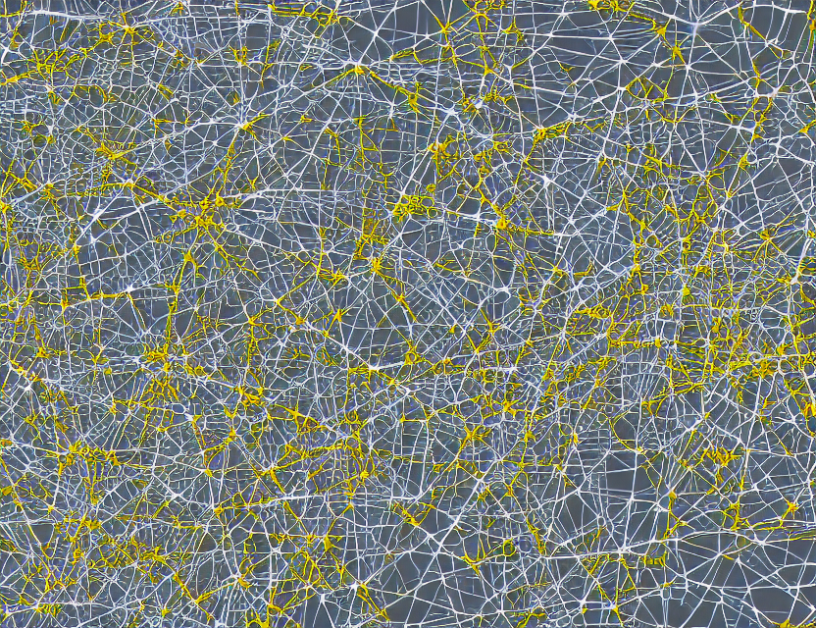In this article, we explore a common issue in text classification known as hubness. Hubness occurs when some words or phrases in a dataset are much more frequent than others, creating an imbalance in the data. This can lead to problems with the accuracy of machine learning algorithms used for text classification.
Imagine you have a box of chocolates with equal-sized pieces. If some pieces are much larger than the others, they will dominate the box and make it difficult to find the smaller pieces. Similarly, in high-dimensional spaces, hubness can cause certain words or phrases to stand out more than others, making it hard for algorithms to find the subtler patterns in the data.
To address this issue, we investigated different methods to reduce the impact of hubness on text classification. We found that by using techniques such as hubness reduction, we can improve the accuracy of classifiers and make them less reliant on individual words or phrases.
Our findings have important implications for areas like information retrieval and document grouping, where semantic representations of text are crucial. By understanding and addressing hubness, we can create more robust and accurate algorithms for these applications.
In summary, hubness is a common problem in text classification that can lead to imbalances in the data. By using techniques such as hubness reduction, we can improve the accuracy of classifiers and better understand the relationships between words and phrases in natural language text.
Computation and Language, Computer Science
Understanding K-Occurrence and its Impact on Text Classification Models



